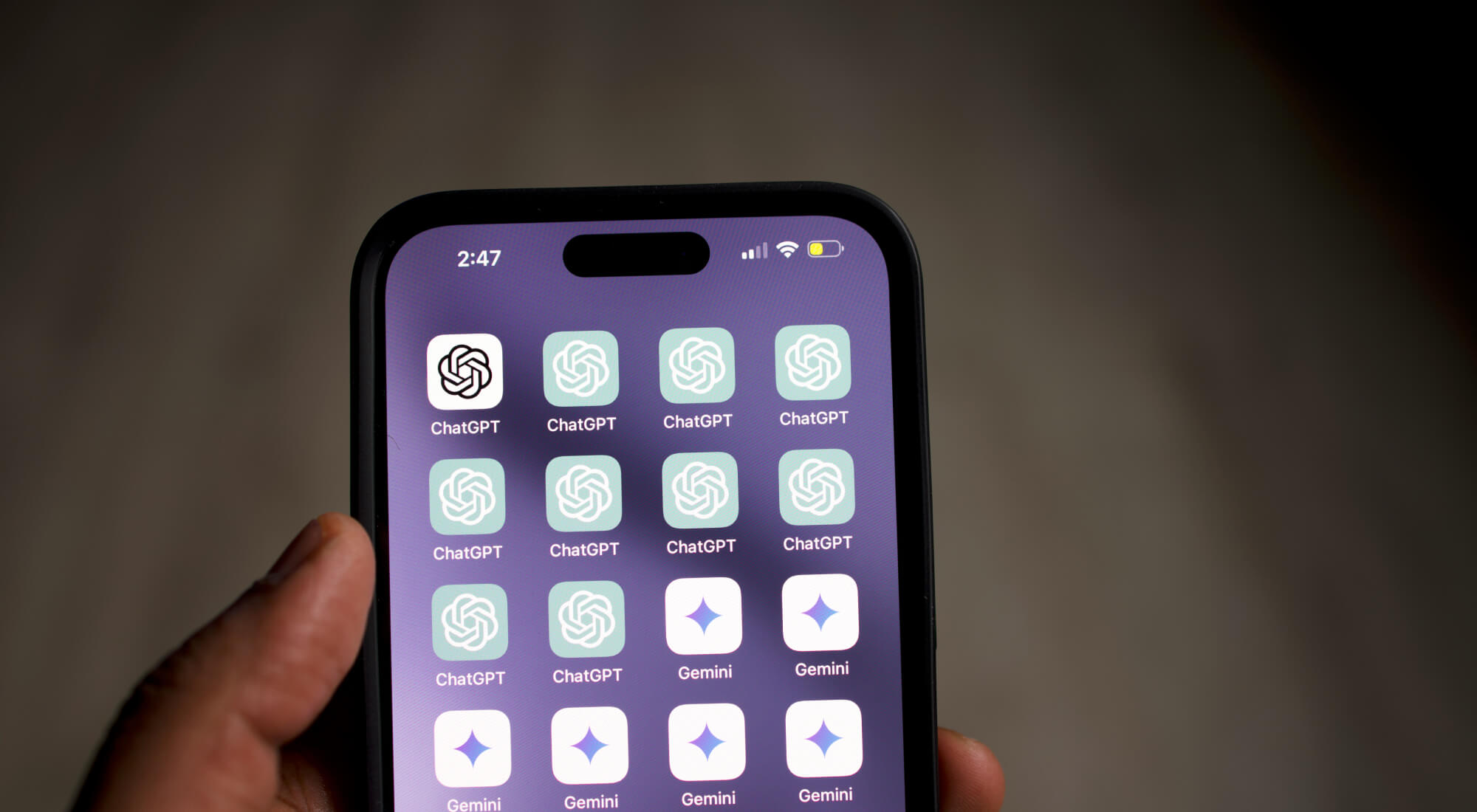
After OpenAI's CEO Sam Altman announced a pause on new ChatGPT Plus sign-ups due to a huge increase in demand, especially after revealing new features at a developer conference, it's clear that people are really interested in advanced AI technologies. This surge in popularity has led many to seek out OpenAI alternatives, exploring diverse options like Claude, CoHere, and LLama with renewed curiosity and enthusiasm.
To better understand the distinctions and strengths of these models, we present a comparative analysis focusing on the key aspects. This exploration is not just about comparing OpenAI competitors; it’s about highlighting the unique aspects each model brings to the table.
As part of this analysis, we dive deeper into the mechanisms of these AI models. The reason for delving into how they work, is to provide a more comprehensive understanding of what sets these models apart and how they function at a fundamental level.
How AI models work:
They build and maintain some kind of knowledge database, but it is a bit strange and imperfect:
Recent viral example: “reversal curse”:
Q: “Who is Tom Cruise’s mother”?
A: Mary Lee Pfeiffer ✅
Q: “Who is Mary Lee Pfeiffer’s son?”
A: I don’t know ❌
The performance of an AI model is a smooth, predictable function based on:
There are no apparent limits to this improvement trend. Scaling up these factors implies the potential for ongoing advancements and increased intelligence in AI models:
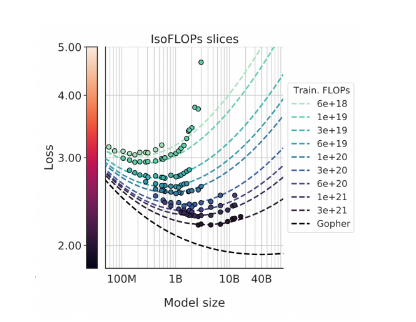
Our journey through this analysis wasn't without its lighter moments, like when we asked an AI for unbeatable rock-paper-scissors tactics and got a reply that was unexpectedly humorous:
"Always play rock. It's the strongest, after all, rocks crush scissors. But, if you lose, just tell your opponent youwere just testing their strategy!"
More than just a good laugh, this response showed us how these AI models can think smartly and add a fun twist.
| Model | Claude | CoHere | LLama |
|---|---|---|---|
| Developer | Anthropic | Cohere Technologies | Facebook (Meta) |
| Key Features |
|
|
|
| Usage Applications | Suitable for summarization, search, creative writing, Q&A, coding | Suitable for text generation, classification, summarization, sentiment analysis, search, clustering, recommendations | Best for chatbots, language translation tools, and research purposes |
| Accessibility | Chat interface and API in developer console | Accessible through APIs and SDKs | Available through API access |
| Pricing |
Claude Pro: $20/month (US) or £18/month (UK) for 5x more usage of Claude 2. Free tier available with limited usage. |
Free tier with limited usage and a paid production tier for businesses with custom model training options. Specific rates for token processing apply | Non-commercial license for research and academic use |
| Ethical and Safety Considerations | Focus on training helpful, honest, and harmless AI systems | Committed to ethical AI use, with a focus on data privacy and security | Focuses on responsible and open innovation in AI |
Claude 2 has recently been in the spotlight with its latest update, as reported on Anthropic's official page. This advancement marks a significant leap in AI technology, making Claude 2 one of the most talked-about AI models today:
Our new model Claude 2.1 offers an industry-leading 200K token context window, a 2x decrease in hallucination rates, system prompts, tool use, and updated pricing.
— Anthropic (@AnthropicAI) November 21, 2023
Claude 2.1 is available over API in our Console, and is powering our https://t.co/uLbS2JNczH chat experience. pic.twitter.com/T1XdQreluH
What does it mean? You can engage Claude with extensive materials, such as full codebases, comprehensive financial reports, or classic literary works, enabling a broad range of complex tasks like summarization, Q&A, trend analysis, and comparative reviews of vast data sets.
I've been closely following the journey of Claude AI, and it's truly fascinating to see how it's reshaping our interactions with AI. On platforms like Quora's Poe, Claude is not just answering queries but engaging users in what feels like natural conversations. This edge in conversational ability, especially over models like ChatGPT, is something many find compelling, with its interactive and creative storytelling being a standout feature.
In the business and education sectors, companies like Juni Learning are leveraging its high-quality responses and creative flair to boost productivity and enhance learning experiences. In Notion, Claude is an important part of the tech that powers Notion AI. It's an AI writing assistant that works right inside the Notion workspace, making it easier and more efficient for users.
From my perspective, Claude AI represents a shift in how AI fits into our everyday lives. It's not only versatile, fitting seamlessly into various contexts, but also demonstrates a commitment to developing responsible AI systems.
The growing trust in Claude AI, reflected in user reviews and partner feedback, is all about its effectiveness and potential. In comparison to ChatGPT, Claude AI is carving out its niche, becoming an essential tool in both professional and personal spheres.
In this section I'd like to emphasize the impact Cohere AI is having in the enterprise sector. They've developed an impressive approach to tailoring AI for specific corporate applications.
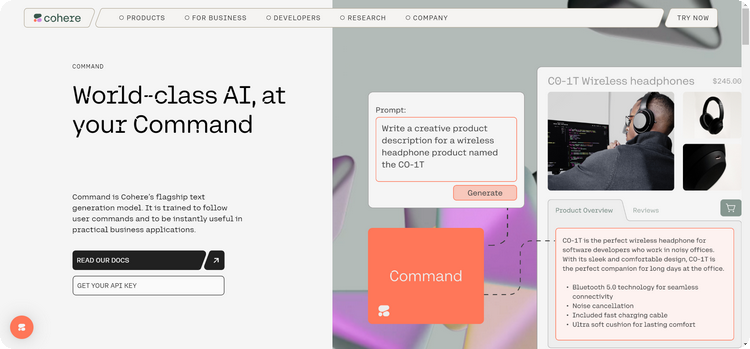
Take, for example, a global financial firm needing to quickly analyze market reports in English, French, and Spanish. With Cohere, what used to be a time-consuming task becomes efficient and accurate.
The AI can swiftly pinpoint key financial trends or compliance details from tons of documents, understanding not just the words, but the context and significance behind them, making sure important details aren’t just translated, but truly understood.
This is invaluable for tasks like compliance checks or market analysis, where speed and accuracy are essential.
Cohere is also dedicated to continual improvement. Their Command model, for example, is regularly updated, constantly enhancing its capability to support business operations. This isn't limited to smaller firms; major players like Oracle and Notion rely on Cohere, which is a testament to its effectiveness and reliability.
From what I've observed, Cohere serves as a vital resource for businesses grappling with large volumes of data. It streamlines this process, making data management more manageable and insightful, crucial in our increasingly data-centric world.
Talking about LLaMA from Meta reminds me of when we first got that smart TV. It seemed so advanced, yet there were things it couldn't do. LLaMA is a bit like that – it's has a lot of really cool features, but it's not a versatile tool.
What LLaMA does well:
LLaMA is great at understanding and generating human language, and there's a special tool called Code LLaMA, helping with computer programming, understanding languages like Python and Java.
So, LLaMA is a bit of a specialist – great at understanding languages and coding, but it's not your go-to for every AI need. And compared to Claude and Cohere, it’s more like a researcher's tool than a business solution. It's important to choose the right tool for the job, and in the world of AI, one size definitely doesn't fit all.
In summary, the AI landscape is no longer dominated by a single player. Each model, from Claude to Cohere and LLaMA, offers its unique strengths and caters to specific needs, whether it’s engaging human-like conversations, tailoring AI for enterprise needs, or advancing academic research.
The future of AI is about choice and finding the right fit for your specific needs, be it in business, research, or everyday applications.
At AIssistify, we understand that no single AI model fits all scenarios. That's why we're proud to offer a set of options within AIssistify, your HubSpot workflow extension for Marketing, Sales and RevOps teams.
You can choose from an array of leading AI models in AIssistify for HubSpot, including:
Learn more about Generative AI and various tools

Learn exactly how to connect a custom (root or sub) domain, update DNS records, and launch your HubSpot ...
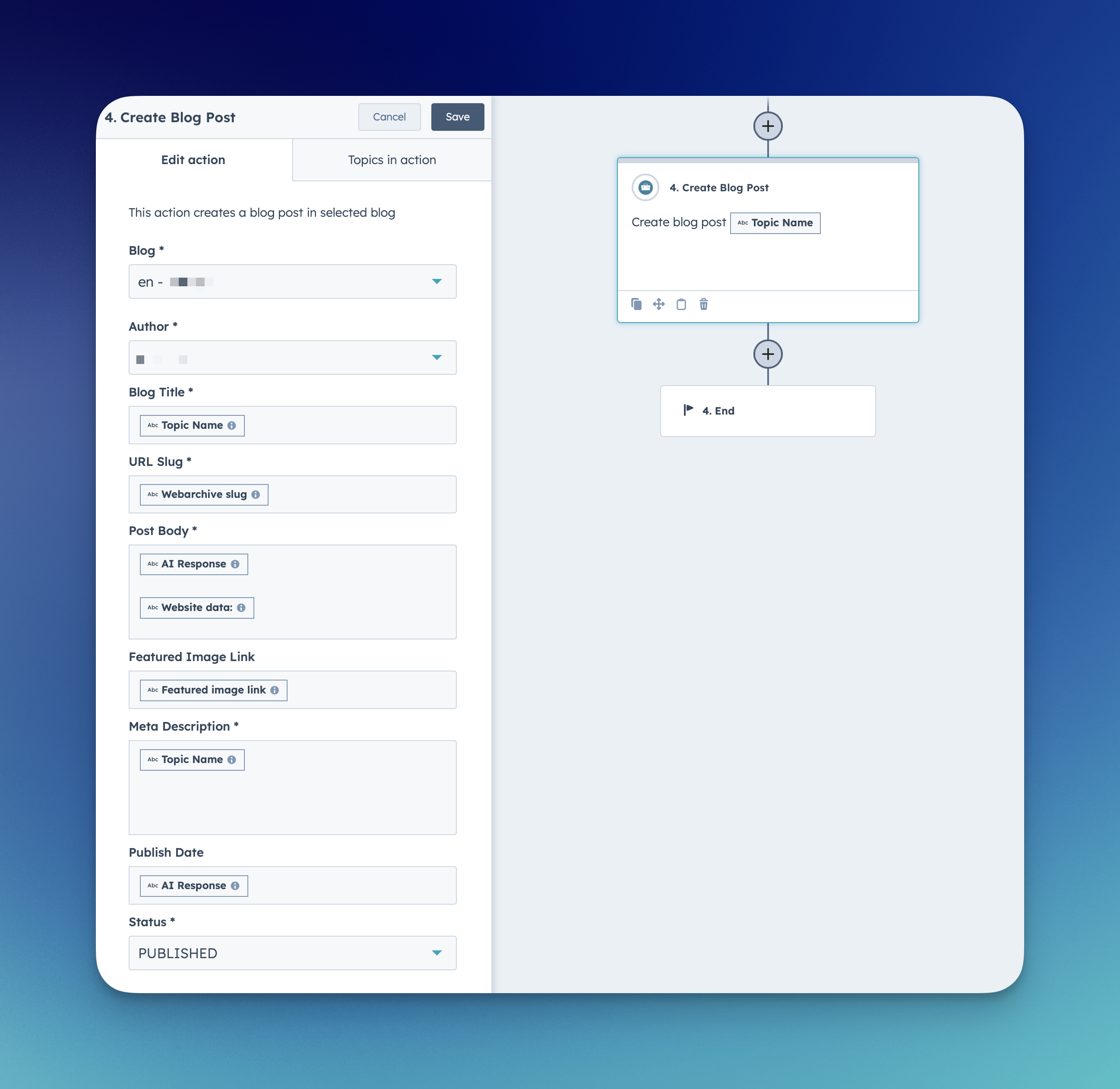
We have just introduced a new workflow action for automatically creating and publishing blog posts in Hu...
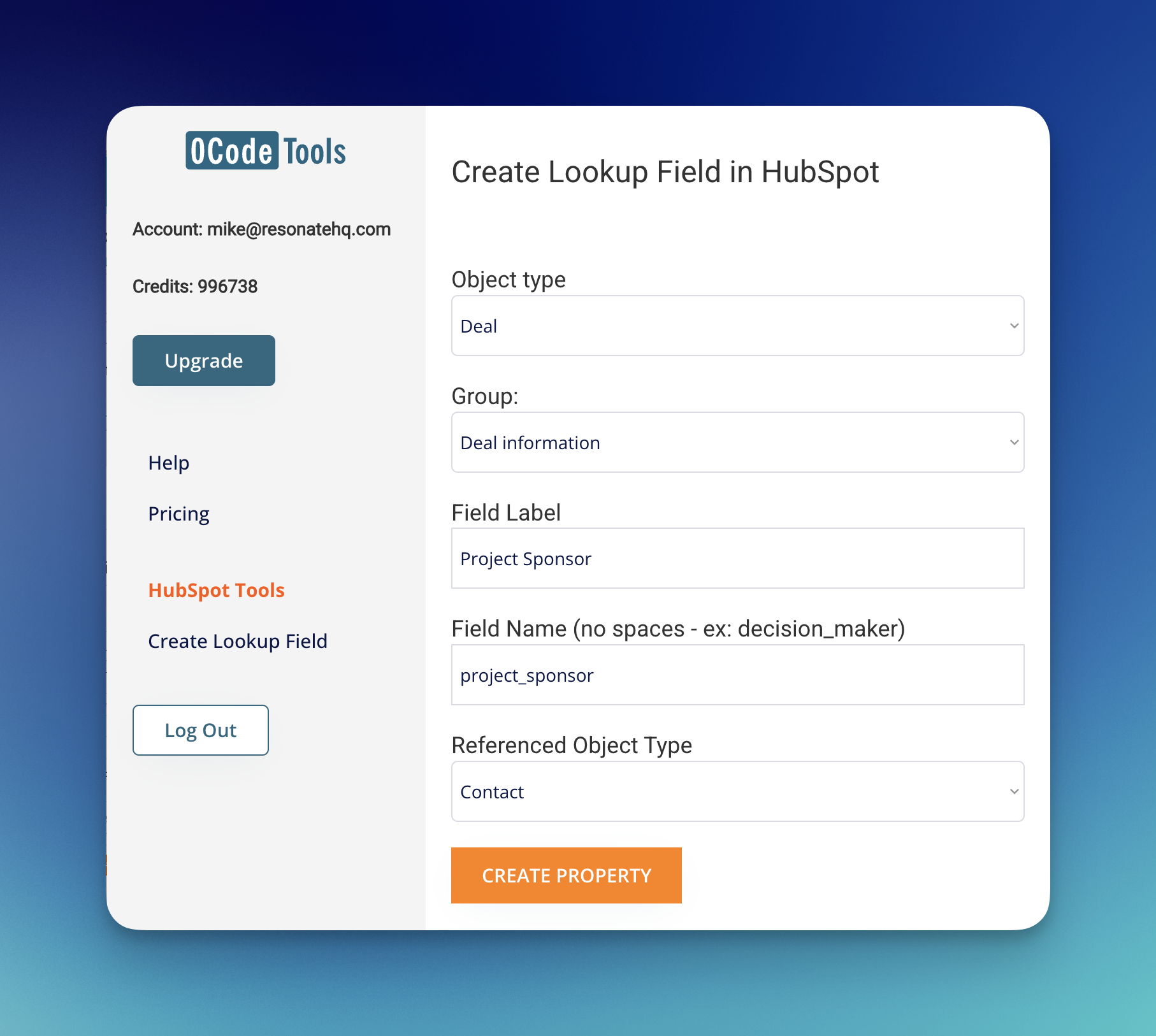
If you’ve ever worked with Salesforce, you know how powerful “lookup fields” can be for connecting recor...